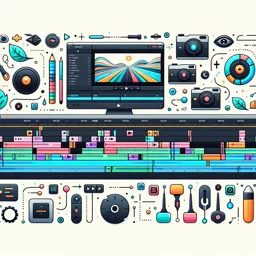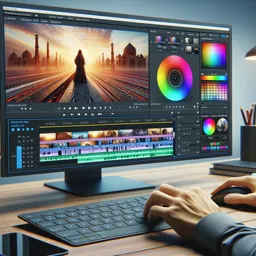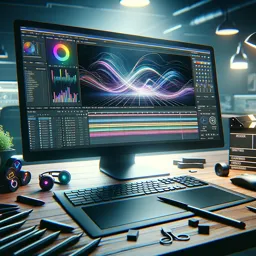What is Compositing in Adobe After Effects?
Compositing is the art of combining multiple visual elements from various sources into a single, cohesive scene. In Adobe After Effects, compositing goes far beyond simply stacking video clips. It allows creators to integrate text, images, video, and effects seamlessly, producing visually stunning results that are essential to professional video projects, movies, and commercials.
The Importance of Layers
After Effects functions on a layer-based system, similar to Adobe Photoshop, but optimized for video and animation. Every piece of visual content—footage, text, graphics, effects—lives on its own layer. These layers can be arranged, blended, masked, and animated, giving you precise control over your final composition.
Types of Compositing Techniques
- Masking: Isolate a part of a layer or hide unwanted elements by drawing custom shapes or using built-in tools.
- Blending Modes: Change how multiple layers interact visually. For example, use Screen to add light, or Multiply to darken areas.
- Matte Techniques: Use alpha or luma mattes to control the visibility of layers based on transparency or brightness.
- Green Screen (Chroma Keying): Remove solid-color backgrounds to place actors or objects in new settings.
- Tracking and Stabilizing: Match movements between layers by tracking points or stabilizing footage for seamless composites.
Practical Applications of Compositing
Compositing is at the heart of many video effects. You can replace skies, add digital objects to a scene, integrate motion graphics with live action, or create double exposures. After Effects offers advanced control—from simple overlays to intricate VFX shots used in blockbuster films.
Tips for Improved Compositing
- Use high-resolution assets to prevent blurry composites.
- Pay attention to color grading and lighting to match different elements realistically.
- Add feathering to masks for smoother transitions between layers.
- Experiment with layer blending modes and opacity for creative effects.
- Use adjustment layers and effects selectively for non-destructive workflows.
Getting Started
If you’re new to Adobe After Effects, try building a simple composite by overlaying text onto a video or combining a photograph with a motion graphic. Practice with different layers and explore how masking and blending change the look of your scene. Gradually introduce more advanced techniques as you become comfortable with the interface and workflow.
Conclusion
Mastering compositing in Adobe After Effects unlocks endless possibilities in video editing and visual effects. Whether you’re creating a cinematic sequence or a dynamic lower third, understanding these foundational techniques will elevate your projects and creativity.
































